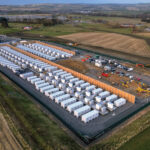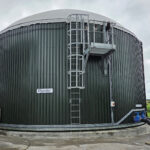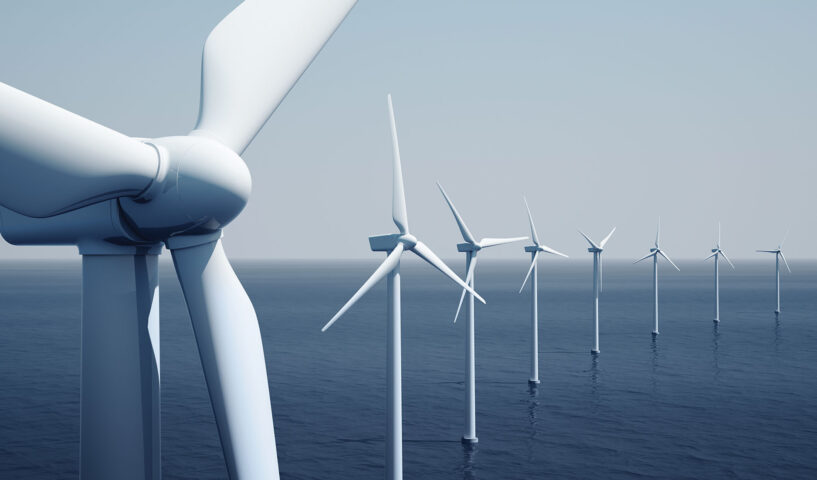
Sustainable construction for Ireland’s green future
13th October 2025
The Irish biomethane opportunity is huge but yet to be mobilised
13th October 2025National Designated Maritime Area Plan (DMAP) proposal published

The Department of Climate, Energy and the Environment has published a proposal for a National Designated Maritime Area Plan (DMAP) for Offshore Renewable Energy (ORE) to assist the State’s decarbonisation ambitions.
The National DMAP proposal envisages the designation of renewable energy sites around the coast of Ireland that are considered suitable for offshore wind development including fixed, floating, and floating demonstration locations – assisting the Government in its target of 20GW of offshore renewable energy generation by 2040 as laid out in the Future Framework for Offshore Renewable Energy.
The Department says the national DMAP proposal “outlines the development and management of offshore renewable energy resources off Ireland’s coast by providing a clear and sustainable framework for developing offshore renewable energy, balancing economic growth, environmental protection, and community engagement to support Ireland’s transition to a low-carbon future”.
Building on the South Coast DMAP published in October 2024, the proposal incorporates the National Marine Planning Framework (NMPF) and accounts for existing or planned ORE, enabling alignment of exiting energy policy and activities. The South Coast DMAP designated four sites for ORE with the first site, Tonn Nua, planned to go to auction in November 2025, with the aim of procuring 900MW of generation capacity and saving 1.8 MtCO2eq per annum post-construction.
The proposal provides a spatial planning policy framework for ORE on a national scale, assisting the State in meeting its EU obligations under the Renewable Energy Directive which came into effect in December 2018, setting an EU-wide aspirational target of 45 per cent of energy produced through renewables by 2030.
Under the Climate Action Plan and Climate Action and low Carbon (Amendment) Act 2021, the State is mandated to produce 5GW of offshore wind by 2030, with a further 2GW earmarked for production of green hydrogen.
According to Wind Energy Ireland, there are currently 79 offshore wind farm projects in Ireland, but just one – Arklow Bank I – is currently operational with a running capacity of 25MW, just 0.13 per cent of the 2040 target and 0.58 per cent of the State’s overall wind energy capacity. First commissioned in 2004, a planned expansion was cancelled in 2007, and the current operator, GE Verona, filed proposals to decommission the wind farm in 2025 as it reaches the end of its operating lifespan.
The Future Framework for Offshore Renewable Energy, launched in 2024, claims that Ireland has a hypothetical offshore wind energy capacity of 597GW – the plan contains an aim of 37GW capacity by 2050.
In 2024, then-Minister Eamon Ryan hailed floating wind farms as the “future of energy”, though he admitted such technology was “not technically available or viable”.
Minister for Climate, Energy and the Environment Darragh O’Brien TD says the plan “supports [the State’s] decarbonisation efforts and our offshore renewables ambition of 20GW by 2040”.
“Having a single National DMAP for ORE in place to follow on from the Phase One projects and the South Coast DMAP for ORE published last year [2024] will provide greater certainty for our marine stakeholders and the renewables industry.”
